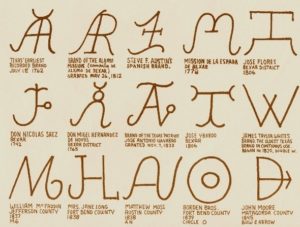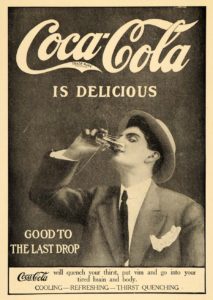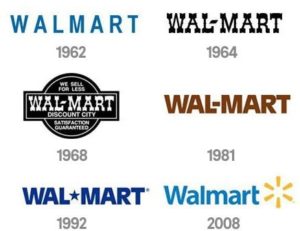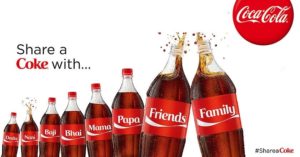The word brand was derived from the Scandinavian word “brandr” which means to burn. It was first used to describe a piece of wood and then a torch. Roughly five thousand years back the Harappan and Mohenjo-Daro civilization came into existence in Asia and Egyptian civilization in the African continent. They all had their distinct and unique architectural and sculptural design which distinguished them from the rest of the world. Still today an archaeologist can distinguish a Harappan civilization coin from an Egyptian civilization coin because they have distinctive features. So, it is safe to say that the meaning of the brand transformed with the evolution of human beings.
During the Iron Age (825-336 BCE), temples and palaces controlled the socio-economic activities of the community. There was a surge of entrepreneurial culture during this time. As competition increased an impetus of branding was required to distinguish
their creation from others. Potters started branding their works as early as the seventh century BC and Sophilos was the first Athenian potter to identify his work. The Greek evolution around the 6th century had led to an entrepreneurial culture, and a look at the pottery industry of that time reveals the fact that in Greece, potters were making wares targeted at specific markets. Some potters were designing artistic wares and branding them to guarantee the content and also to market an image of value, power,
etc. The term brand became extended to branding as an act wherein humans were stamped with embers or hot iron rods (also known as pyroglyphics) to identify harlots or wrongdoers and also for the identification of animals.

In the 1500s the sole purpose of branding was to show ownership. People began to brand cattle ranch with distinctive and easily identifiable icons. Each cattle ranch was given a unique branding mark.

The 1750’s industrial revolution led to mass production of goods which meant more variety for consumers to choose from. With increased competition, it became necessary for all the companies to stand out and take ownership. This led to the innovation of trademark. It consists of words, phrases, symbols, designs, shapes, and colours legally registered or established by use as representing a company or product. These gained popularity in the 1870s and was the first occurrence of branding as intellectual property making it possible for companies to claim or declare a product as their own.
1870s to 1920s can also be considered as the era of invention for the branding industry with the rise of technology, companies, and print media. The highlight of the era was the iconic Wright Brothers’ flight which served as a perfect model for innovation and
creativity. This era also saw the birth of several companies such as Coca-Cola, Ford Motor, Chanel that eventually became leading brands around the world. These brands were also first of their kind, which made them instant industry leaders. Brands also
started using newspapers and magazines wherein they could use words, logos, and illustrations to make their mark and differentiate themselves from the rest.

From the 1920s to the 1950s companies took advantage of different mediums such as radio and television by sponsoring shows and creating commercials. Branding came to life through radio jingles, catchphrases, targeted messaging, visuals, words, and sound. It became audible, memorable, and relatable. The post-World War two era led to change in product manufacturing and consumer culture.
The post-world war era saw the transformation in both mass production and consumer culture. Companies started using modern forms of branding such as billboards, packaging, subway signs. TV commercials became prominent with the introduction is colored TV in 1953. Brand management eventually became a part of the marketing industry with increased competition solely to create a unique identity for a company or a product. During this era, brand managers understood the importance of understanding and analyzing consumers and their needs. This gave an emotional change to branding techniques and it moved from informational to intimate.
It was between the 1960’s to 1990’s that companies realized the importance of staying relevant and catering to changing trends. This was when brand repositioning and revamping came into place. This era even led to an evolution in the retail industry.
They realized that they could curate their offerings and position themselves better. This led to better quality products and improved brand reputation.

Since the rise of the digital world, the branding industry has transformed. Today, branding has become more data-driven and strategic. With new ways such as URLs, hashtags, keywords, etc. there are numerous ways to increase your brand awareness. Also, brand reputation is not just word of mouth anymore it’s a word of review as well as online reviews have power over a brand’s perception. Every brand today is trying to form an emotional, “do-gooder” image by getting creative and trying to stand out through community involvement and engagement.

Today, brands have finally figured out how to break through the clutter and capture the attention of consumers after decades of experimentation and advancements. Their only goal is to turn an indifferent audience into brand loyalists while maintaining a good brand reputation.
Rutu Patil || PGP BM&A
rutu.patil@northpointindia.com
